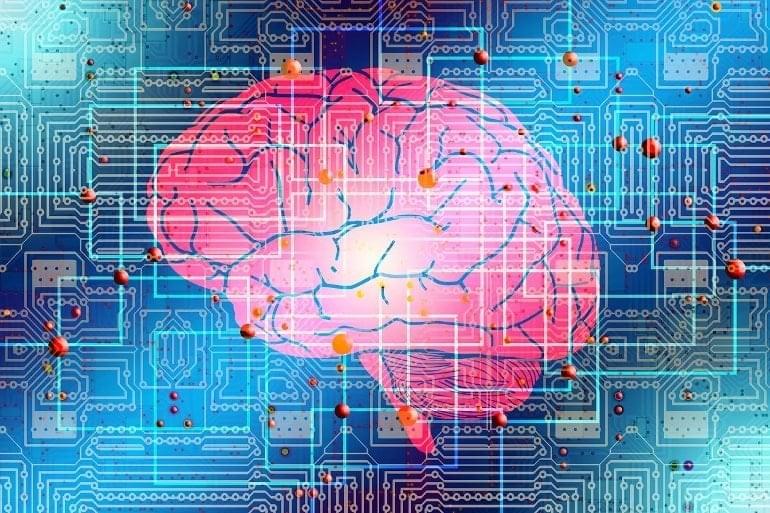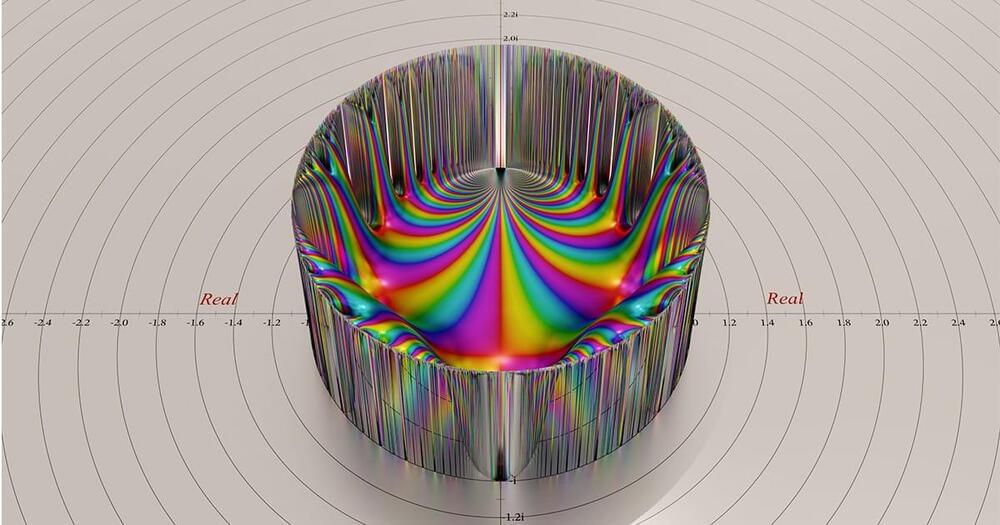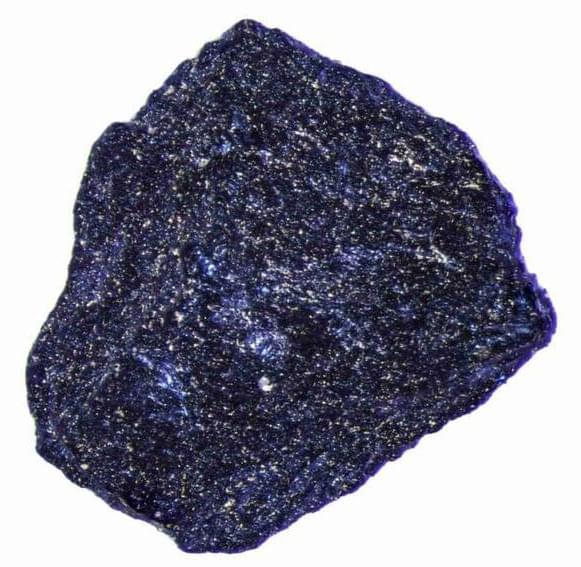Individuals with newly-diagnosed atrial fibrillation (AFib), or an irregular heart rhythm, may have a modestly elevated risk of developing dementia, a new study indicates.



If there is a social media phenomenon getting some kind of popularity, Meta will try and jump in. We have seen the company copy different kinds of formats ranging from Stories to short videos after seeing the success of other platforms. Now, the Mark Zuckerberg-led company is working on a decentralized text-based app.
Meta confirmed this development in a statement but didn’t give out details about when it plans to release the app.
“We’re exploring a standalone decentralized social network for sharing text updates. We believe there’s an opportunity for a separate space where creators and public figures can share timely updates about their interests,” a Meta spokesperson said.

A Norwegian Greentech company has recently unveiled its new 1,000-foot (324m) tall, floating wind turbine array. Called “Wind Catcher”, this innovation in renewable energy generation could be used to power as many as 80,000 homes.
The system has been developed by the Norwegian-based Wind Catching Systems (WCS), who declare that their new wind turbine setup could generate five times the annual energy of the world’s biggest standalone wind turbines. Not only that, but if scaled, it could reduce the costs of wind energy to be competitive with traditional grid-supplied electricity.

Researchers at the University of East Anglia have developed a new drug that works against all of the main types of primary bone cancer.
Cancer that starts in the bones, rather than cancer that has spread to the bones, predominantly affects children.
Current treatment is grueling, with outdated chemotherapy cocktails and limb amputation.


Summary: A newly constructed brain map shows every single neuron and how they are wired together in the brains of fruit fly larvae.
Source: UK Research and Innovation.
Researchers have built the first ever map showing every single neuron and how they’re wired together in the brain of the fruit fly larva.

The financial industry’s response to artificial intelligence has been all over the place. Now, Bank of America is weighing in very much on the side of the bots.
In a note to clients viewed by CNBC and other outlets, BofA equity strategist Haim Israel boasted that AI was one of its top trends to watch — and invest in — for the year, and used all kinds of hypey language to convince its clients.
“We are at a defining moment — like the internet in the ’90s — where Artificial Intelligence (AI) is moving towards mass adoption,” the client note reads, “with large language models like ChatGPT finally enabling us to fully capitalize on the data revolution.”

Nanotechnology is a field of science and engineering that focuses on the design and manufacture of extremely small devices and structures.

Superconductivity is an incredible property of certain materials with exciting consequences. Once reached, for example, said materials can conduct electricity without resistance, so no loss of energy. But most materials are superconductive at extremely low temperatures. The quest for a room-temperature superconductor is ongoing, and is not without a bit of scientific drama.
A few years ago, there was a claim of a room-temperature superconductor that became supercritical at a temperature of 15°C (59°F), but required a pressure of 2.5 million atmospheres. That’s on the order of the pressure you might find in the core of a rocky planet, and can be achieved by squeezing materials between two diamonds. Other scientists raised issues with the way the numbers were handled, including an accusation of the data used being fabricated.
The paper was retracted by the journal Nature last September, and the team claims they are ready to resubmit that work. They have also announced a brand-new material with even more extraordinary properties (if confirmed). The new substance is described as a nitrogen-doped lutetium hydride that becomes superconductive up to 20.5°C (69°F) and at a much lower pressure, roughly 10,000 atmospheres. Quite the improvement.